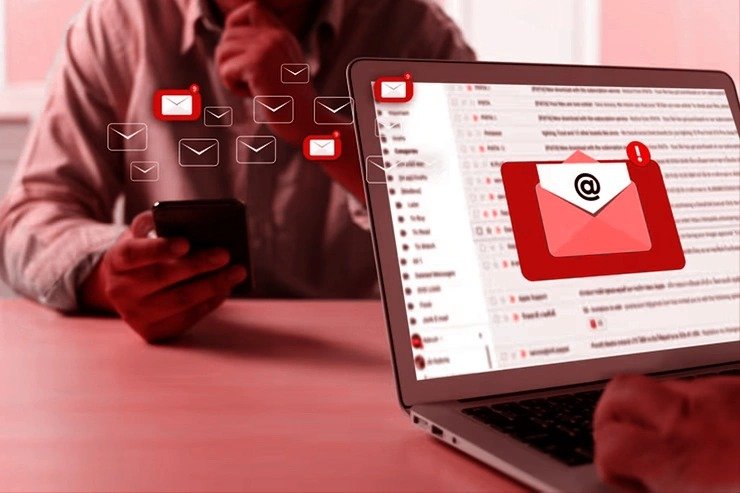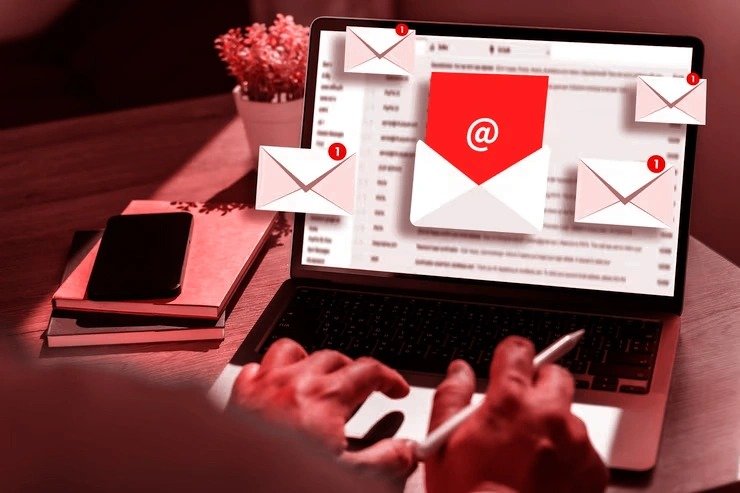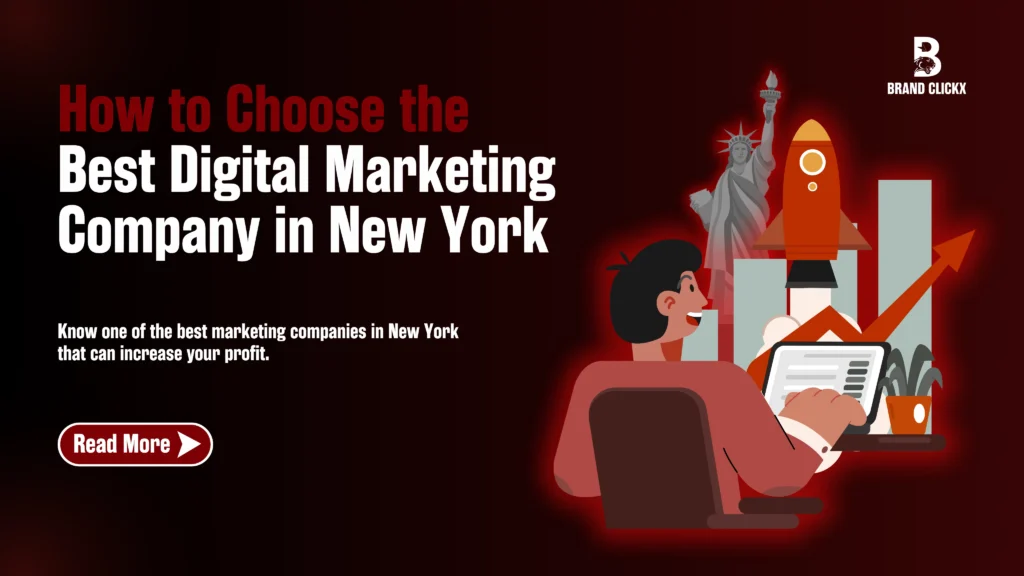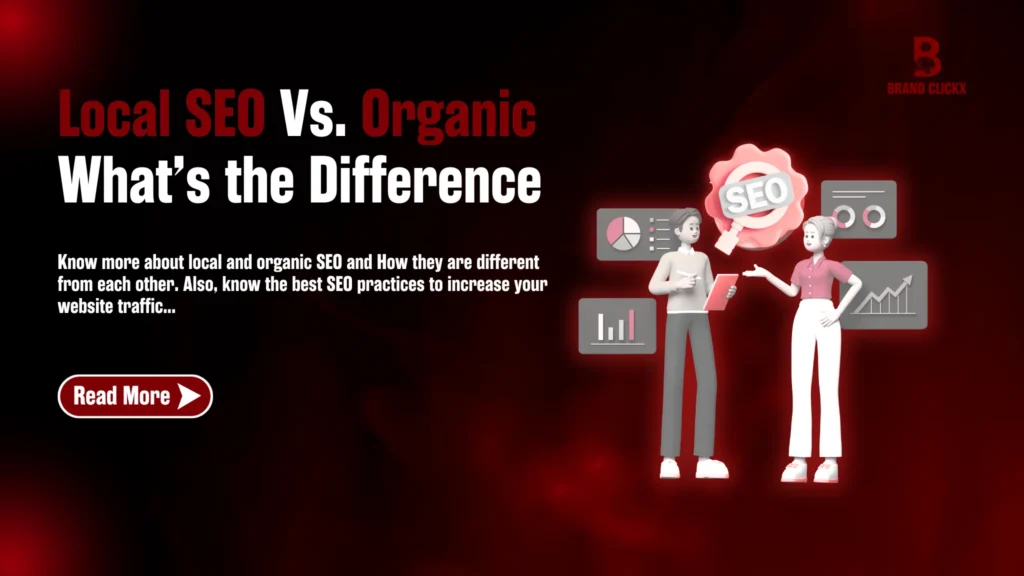Introduction: Why Email Still Reigns in 2025
In an age dominated by social media, AI tools, and real-time messaging apps, one might think email marketing has lost its power. However, the truth is quite the opposite. In 2025, email remains one of the most effective digital marketing tools—especially when paired with the right strategy. If you’re wondering how to get your audience to not only open your emails but also engage with them, you’re in the right place.
In this guide, we’ll walk you through the most effective email marketing best practices for 2025, helping you enhance engagement, improve click-through rates, and ultimately drive more conversions for your business.
Understanding Email Marketing in 2025
Email marketing is no longer just about sending newsletters. It’s a data-driven, highly targeted form of communication that lets businesses talk directly to their customers. Thanks to evolving technologies, personalization and automation are more powerful than ever.
Key Trends in Email Marketing This Year:
AI-powered personalization
Visual storytelling within email content
Better email automation workflows
Emphasis on user privacy and consent
The goal now is to send the right message to the right person at the right time, and these trends help make that happen more effectively.
Setting Clear Campaign Goals
Every email campaign should begin with a purpose. Whether you’re announcing a product launch, nurturing leads, or re-engaging inactive customers, clearly defined goals guide your messaging and help you measure results.
Common Campaign Objectives:
Increase sales
Drive traffic to a landing page
Boost event registrations
Promote new content
Re-engage inactive subscribers
When your objective is clear, your audience is more likely to respond accordingly.
Email Segmentation: Speak to the Right People
Email segmentation is about dividing your email list into smaller groups based on specific criteria. In 2025, this is no longer optional. Sending the same email to your entire list simply doesn’t work.
Types of Segmentation:
Demographics (age, location, gender)
Purchase behavior
Engagement level
Past email activity
Industry or job title
Segmented emails perform better across all metrics—higher open rates, click-through rates, and conversions.

Personalization: Make It Relevant
Personalization has gone far beyond using someone’s first name. Now, it’s about tailoring the entire message to the individual’s behavior, preferences, and interactions with your brand.
Ways to Personalize:
Recommend products based on past purchases
Tailor offers to customer behavior
Send follow-ups based on abandoned cart data
Use dynamic content blocks that change based on user profile
Customers are more likely to engage when they feel a message was crafted just for them.
Writing Subject Lines That Get Clicked
Your subject line is the gateway to your email. It’s the first (and sometimes only) thing your recipient sees. If it doesn’t grab attention, the rest of your email doesn’t matter.
Best Practices:
Keep it short and punchy (40–60 characters)
Create curiosity or urgency
A/B test different variations
Avoid spammy language like “Free!!!” or “You won’t believe this”
Subject lines are your first chance to make an impression—don’t waste them.
Design That Drives Engagement
Even the best-written email won’t work if it’s poorly designed. Your message needs to be easy to scan, visually appealing, and functional on every device—especially mobile.
Email Design Tips:
Use clean, responsive layouts
Prioritize mobile-first design
Break text into short paragraphs and bullet points
Include one clear CTA (call to action)
Make buttons big and easy to click
Also, use consistent branding (colors, fonts, logos) so your audience instantly recognizes your emails.
Email Timing and Frequency
Knowing when and how often to send emails can make a huge difference in performance. There’s no universal “best time”—it depends on your audience, industry, and time zones.
Timing Insights:
B2B: Tuesday–Thursday mornings perform well
B2C: Weekends or evenings may see higher engagement
Test and optimize based on your own data
As for frequency, strike a balance. Too many emails lead to unsubscribes. Too few, and you risk being forgotten.

Mastering A/B Testing
A/B testing is one of the most powerful tools in email marketing. It lets you compare two versions of an email to see which performs better. This helps you continually refine your approach.
What to Test:
Subject lines
Email copy
Button text
Images or layout
Send times
Run A/B tests regularly and make data-driven decisions to improve results over time.
Ensuring Email Deliverability
You could craft the perfect email, but if it doesn’t reach the inbox, it’s wasted effort. Deliverability is influenced by many factors, including list quality, sender reputation, and technical configuration.
How to Improve Deliverability:
Use confirmed opt-in methods
Clean your list regularly
Avoid spam-trigger words
Authenticate your domain (SPF, DKIM, DMARC)
Monitor bounce rates and spam complaints
Taking care of deliverability ensures your emails land where they should—inside the inbox.
Automation Without Losing the Human Touch
Email automation allows you to reach customers at the right time, automatically. But automation should never feel robotic. The goal is to create flows that feel natural, relevant, and helpful.
Key Automated Workflows:
Welcome series for new subscribers
Abandoned cart reminders
Birthday or anniversary emails
Re-engagement sequences
Tools like Mailchimp, Klaviyo, and ActiveCampaign make it easy to automate while still maintaining personalization.
Tracking the Right Metrics
Understanding which metrics matter can help you identify what’s working and what needs improvement.
Key Metrics to Monitor:
Open Rate: Indicates subject line effectiveness
Click-Through Rate (CTR): Measures engagement with your content
Conversion Rate: Tells you how many people completed a desired action
Bounce Rate: High bounce rates may hurt deliverability
Unsubscribe Rate: Consistent high rates mean your content may not be resonating
Track, analyze, and adjust. Your campaign’s performance depends on it.
Avoiding Common Email Mistakes
Even experienced marketers make mistakes. Avoiding them can drastically improve your campaign’s success.
Mistakes to Watch For:
Not optimizing for mobile devices
Sending to unverified or outdated lists
Overloading emails with content
Using misleading subject lines
Ignoring compliance regulations
Awareness is the first step toward creating error-free, high-performing email campaigns.
Complying with Email Marketing Laws
Email laws like GDPR, CAN-SPAM, and CASL exist to protect consumers. Non-compliance can lead to serious penalties and loss of trust.
Compliance Tips:
Always get clear, explicit consent
Provide an easy opt-out method
Include your physical mailing address
Honor unsubscribe requests promptly
Respecting your audience’s privacy not only keeps you legally safe but also builds trust.
When to Call in the Experts
If your emails aren’t performing—or you simply don’t have the time or resources—working with email marketing professionals might be the best move. From strategic planning to creative execution and analytics, expert teams can elevate your email game significantly.
At BrandClickX, we help businesses create smarter digital marketing strategies, including tailored, high-impact email campaigns. If you’re looking to improve engagement and drive more revenue, a professional approach could make all the difference.
Conclusion: Good Emails Are Intentional Emails
Email marketing in 2025 is no longer about mass communication—it’s about meaningful, personal interactions with your audience. By applying these email marketing best practices, you can build stronger relationships, boost engagement, and drive measurable results for your business.
Whether you’re just starting out or looking to refine your current strategy, the right combination of segmentation, personalization, testing, and design will take your email campaigns from average to outstanding.
And if you ever need guidance or support, BrandClickX is here to help you craft email marketing campaigns that deliver.
Frequently Asked Questions (FAQs)
1. What is the best time to send marketing emails in 2025?
There is no one-size-fits-all answer, but mid-morning on weekdays tends to work well for B2B, while evenings and weekends may suit B2C audiences. Testing is key.
2. How often should I email my list?
It depends on your audience and content. Weekly or bi-weekly emails are common. Avoid over-emailing, which can lead to unsubscribes.
3. What are the most important email metrics to track?
Focus on open rate, click-through rate, conversion rate, and unsubscribe rate to evaluate performance.
4. How can I improve my open rates?
Use engaging subject lines, segment your list, personalize your emails, and avoid spammy language.
5. What tools are best for automating email campaigns?
Popular tools include Mailchimp, ActiveCampaign, Klaviyo, HubSpot, and ConvertKit. Choose one based on your business size and needs.



